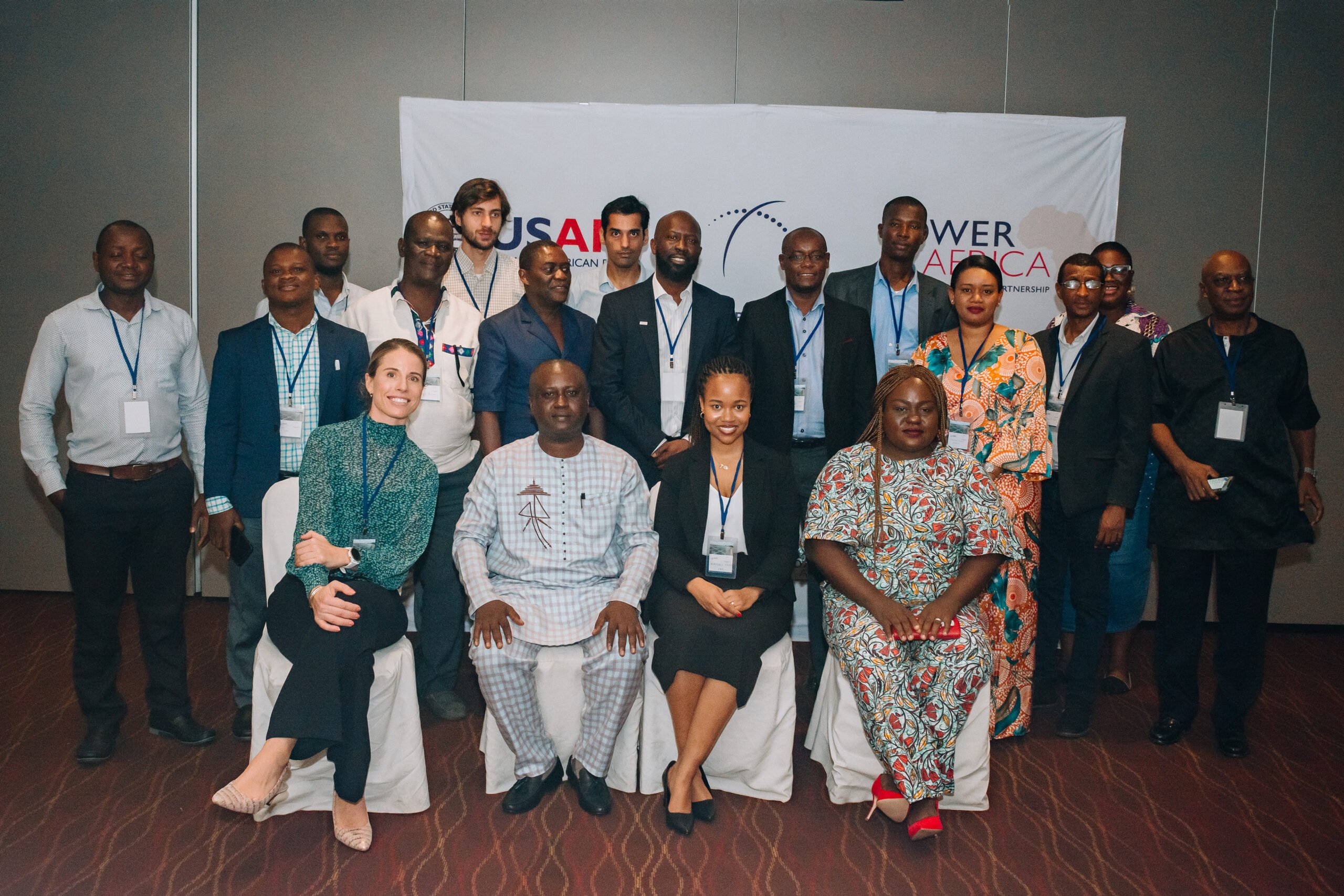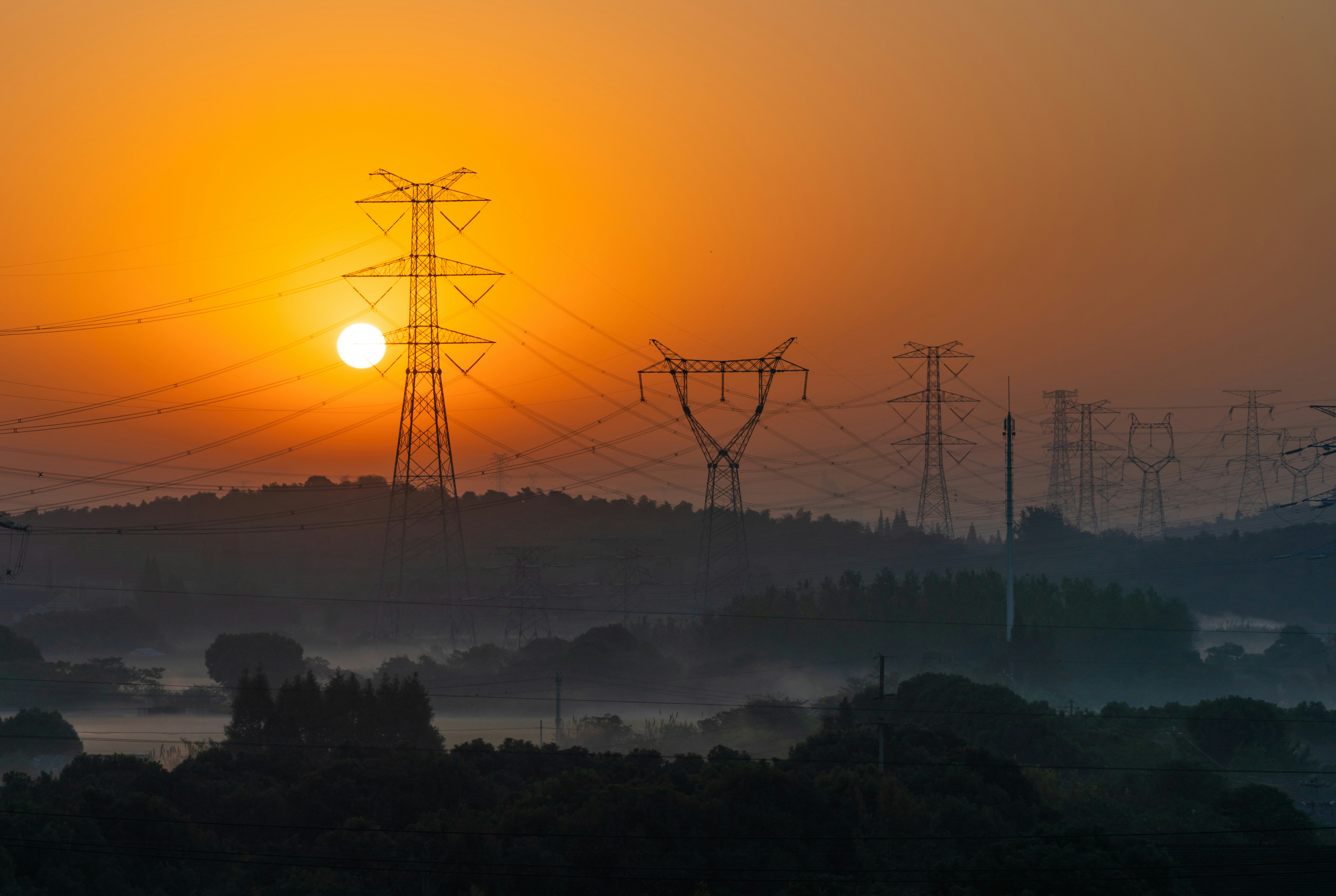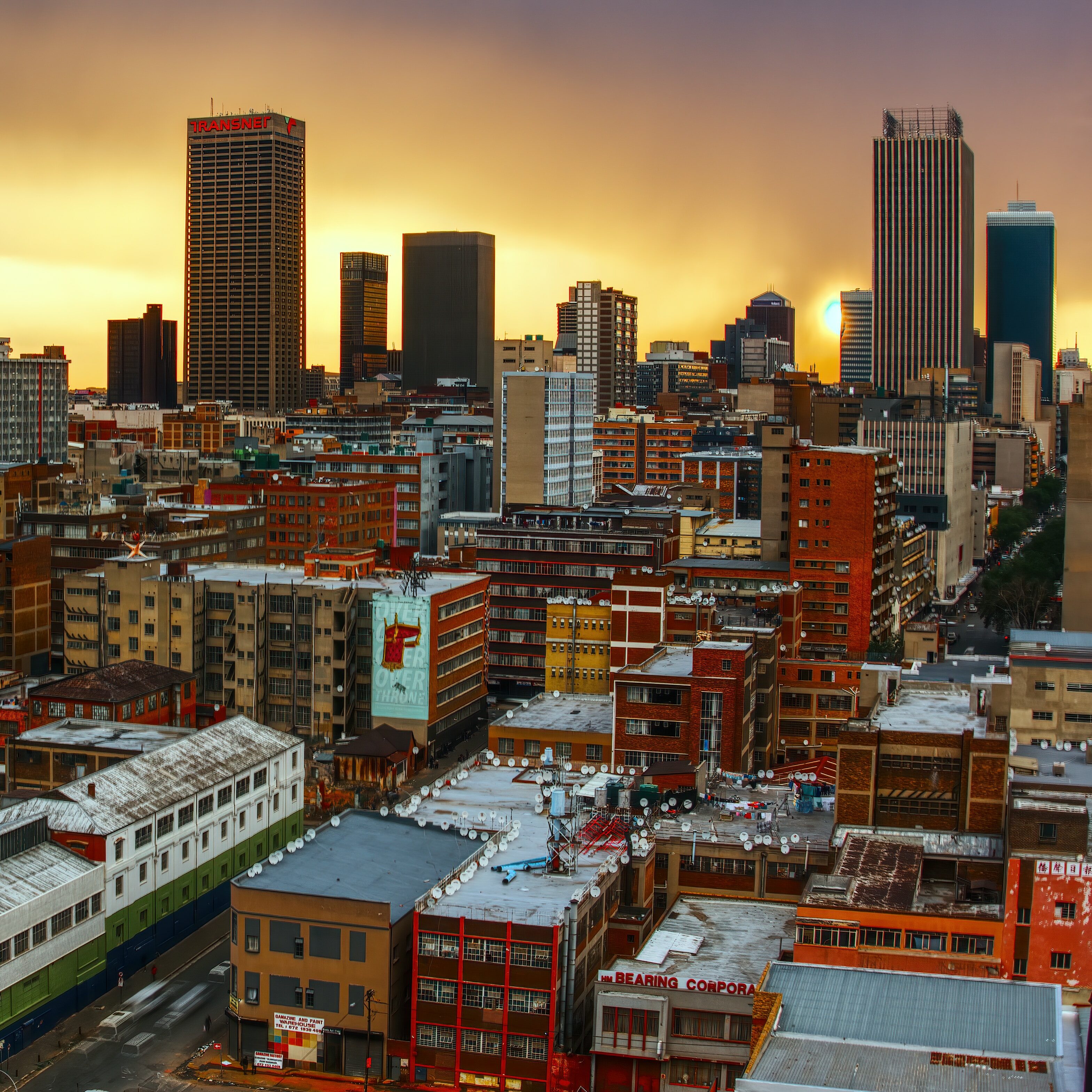
Regulatory Front-Runners: How Government Is Backing Business In Sierra Leone
Sierra Leone’s quiet distributed generation revolution
Diesel generators have historically filled the gap between African industry’s growing need for quality power and the inconsistent ability of national utilities to provide it. According to the World Bank Enterprise Survey, over 50% of African businesses own or share a backup generator which supplies 30% of their daily power needs.
This fundamental energy supply-demand mismatch has been one of the biggest challenges facing the New Direction Government, under President Julius Maada Bio, in Sierra Leone. While installed capacity tops 300MW nation-wide, demand for electricity in the capital of Freetown peaks at 85MW. Most rural communities and businesses do not yet have access to grid-supplied power. As part of its Medium-Term National Development Plan for 2019-2023 (MTNDP), the Government of Sierra Leone has prioritised projects and policies focused on increasing electricity generation, transmission, and distribution and scaling investment in low-cost renewable energy.
Amidst this challenging context, a quiet distributed generation revolution is underway. Over 60MW of captive generation projects systems (defined as supplying all their power to a single site for a single customer) have been licensed in Sierra Leone in just two years, including approximately 10MW of renewable energy captive generation. The Government has given their backing to a uniquely efficient and enabling regulatory framework, and development partners are providing targeted technical expertise – including on regulatory and policy development – as well as providing direct financial support to new distributed generation projects.
CrossBoundary Energy (CBE) and USAID hosted a high-level workshop on distributed generation regulation in Sierra Leone to examine this exciting progress, and to jointly explore where the captive generation sector might go next. USAID has supported CBE’s entry into the market in Sierra Leone, through part-financing two newly licensed projects. The first project is a 236 kWp solar PV, and 389 kWh battery storage facility at Miro Forestry – West Africa’s leading sustainable forestry plantation. When fully operational, the battery and solar system combined will power around 78% of Miro’s operations at Mile 91. The second project is a 1.2 MW, six-site, solar PV and battery project for Zoodlabs in Freetown. This innovative technology utility is providing broadband internet throughout Freetown, with some 70% of the city now served. CBE’s project has ensured that the company reached Net Zero (or carbon neutrality) in powering their submarine fibre optic and the metro infrastructure.
Sierra Leone’s Deputy Minister of Energy Eldred Taylor and Chief Director of Energy Benjamin Kamar were the honourable guests at the workshop, alongside senior leadership of Sierra Leone’s regulator, SLEWRC, including Mr. Kelcise Sesay, Director of Electricity. Senior representatives from USAID, Marie Williams, Mariama Diallo and Habib Balde; representatives from Sierra Leone’s renewable energy sector and association, REASL; and members of the press were also in attendance.
Power Africa’s support of CrossBoundary Energy (CBE) and distributed generation in Sierra Leone
Power Africa is a US Government Initiative, coordinated by USAID, which seeks to enable electricity access in sub-Saharan Africa by adding 60 million new electricity connections and 30,000 MW of cleaner and more reliable power generation by 2030. To achieve these goals Power Africa has been advancing power generation transactions, providing technical and financial assistance, and capacity building to enhance the enabling environment in the energy sector. To date, 14000 MW of power projects have reached financial close with 6000+ MW already online and 31 million new connections to homes and businesses.
The West Africa Energy Program (WAEP) funded by Power Africa, aims to bring 8500 MW of new generation capacity, support 4000+ Kilometers of new transmission lines and facilitate access to 3.6 million new and regularized connections in the region. WAEP has supported the Government of Sierra Leone in reaching financial close on nearly 300 MW of Power Generation Transactions and provided technical support to the national utility company (EDSA). USAID is also working to advance off-grid power projects as demonstrated by our partnership with CrossBoundary Energy which seeks to increase access to off-grid energy for businesses in Sierra Leone.
Through this partnership, the US Government is encouraging a wider adoption of renewable energy by providing cheaper, cleaner, and more reliable energy sources with no upfront cost to off-takers. Additionally, the partnership with CBE aligns with USAID strategy to boost Sierra Leone economy by increasing access to power in underserved areas, improving economic activities by strengthening trade, investment, and infrastructure, and enhancing the Government capacity to manage and maintain off-grid renewable energy systems.
The fundamental truths of captive power regulation – the view from CrossBoundary Energy
In opening the workshop proceedings, Tessa Lee, the Head of Energy Policy and Regulatory Affairs at CrossBoundary Energy (CBE), underscored several key considerations of captive power policy and regulation:
- Self-supply should not be equated with grid defection; CBE data shows that when providing services to on-grid customers, captive power systems tend to average 25% contribution to the site’s annual power needs.
- Because captive power systems do not feed power back into the national grid, its impacts on the larger network are currently minimal, and enabling regulations for clean, cost-efficient C&I power can show a real commitment by government towards powering business.
- Governments can get valuable experience from licensing simple captive power projects. This experience will help in confronting the opportunities and complexity of other distributed energy applications like embedded generation, locational power pricing, or net metering.
- Regulating distributed generation today offers African governments and regulators the opportunity to better influence the shape of the grid of tomorrow.
These conclusions are the product of CrossBoundary Energy’s extensive experience – as highlighted at the workshop by Wanjiru Ngige, CBE’s Senior Operations Manager. Since 2015, CBE has developed a pipeline of over 60MW of distributed generation projects, for clients across the continent including Actis, Diageo, Heineken, Rio Tinto, and Unilever. The company, which was awarded the “Solar Company of the year” by the African Solar Alliance AFSIA in 2022, has additionally secured a portfolio of over $210 million. This track record makes CBE the market leader of renewable energy financing in Africa.
Importantly for the purposes of this workshop discussion, CBE was also one of the first companies to successfully license power purchase agreements for clients in Kenya, Ghana, Nigeria, Somalia, Mozambique and Sierra Leone. Regulatory engagement is underway for additional CBE projects in another five countries.
Why captive power in Sierra Leone? A view from the policymakers
The fundamental truth of self-supply being a cornerstone of African business growth was further evidenced in the keynote address by Honourable Deputy Minister Eldred Taylor. He stressed that, in Sierra Leone, “existing captive generation permit holders are commercial and industrial entities providing power for their facilities”. Deputy Taylor also noted that provision of reliable and affordable energy has contributed to Sierra Leone’s rising manufacturing output – which surged to 12.3% in 2021, according to the World Bank. In the words of Deputy Taylor, these gains position manufacturing as the country’s fastest-growing sub-sector and make captive power critical for sustainable economic growth.
The Deputy Minister also underscored the importance of distributed generation in powering the national tourism industry – which plans to welcome 20,000 international and 30,000 domestic tourists by 2025. Lastly, he referenced the Ministry of Energy team, under Honourable Minister Alhaji Kanja Sesay, efforts to advance rural electrification, including development of over 85 mini grids powering 18,000 households across all regions of Sierra Leone. This impact will apparently extend to another 22,000 households, by 2025.
Next, the Deputy Minister provided context to the development and implementation of Sierra Leone’s ‘Captive Power Generation Permit Rules, 2019’ – which have been praised by both domestic and international companies, including CrossBoundary Energy. The Deputy Minister noted that the Government of Sierra Leone backed Sierra Leone’s Regulator, the Electricity and Water Regulatory Commission (SLEWRC) in developing the discrete regulation in 2019, to address the growing number of captive generation projects in the market. He also noted that the Ministry “appreciated that captive power regulation and policy must be grounded in broader regulatory frameworks, which clear investment hurdles and crowd in the private sector”.
The journey towards supportive enabling environment for distributed generation
Later in the workshop proceedings, the participants enjoyed an in-depth walk-through of the national regulations governing distributed generation and captive power, by the Director of Electricity, Mr Kelcise Sesay (SLEWRC). Mr Sesay’s presentation focused on what captive power generation involves, who can get a Captive Power Generator Permit (‘CPG permit’), the requirements to do so, and the conditions placed on permit holders.
Mr Sesay noted that Sierra Leone’s distributed regulations were developed after the undertaking of a captive generation survey by external consultants funded by the Millennium Challenge Corporation (MCC): “it was important for us to establish an evidence-based approach to regulation”. Importantly the survey revealed the fundamental role self-supply has in powering Sierra Leone industry; 1, 212 captive power projects were identified in 2021, including 573 in Western Area, 151 in Bo and 144 Kenema. Importantly, the survey found that 28% of captive power projects identified were between 10 and 20KVA, while an additional 30% were 20-50KVA.
Building on the survey results, the workshop participants heard how SLEWRC worked with independent consultants to establish a “pragmatic licensing threshold” of 10KVA. It was deemed that small and medium enterprises running generation systems smaller than 10KVA would not require a generation permit. Additionally, the regulations were designed in appreciation of the fact that “many of the licenses would be provided to smaller companies, without much experience in navigating complex licensing processes”. As such, “the regulations were designed to be simple, and to not place too much burden on applicants”.
The process for securing a generation license (which will have an initial duration of five years and can be extended) typically takes only one month in Sierra Leone. This compares to a statutory 270 days in Kenya, and more than 365 days in Ghana – where projects contracted on a solar power purchase agreement are being held behind a sector-wide moratorium. In Sierra Leone, captive generation permit applicants do however, according to Mr Sesay, need to be prepared to submit substantial documentation including technical engineering documents, corporate documentation, and financial models. Importantly, the Commission also stressed in their workshop presentation that any unlicensed generator – which is providing power to a business – will need to secure a generation license or risk facing a penalty for illegal operation or forced decommissioning.
Mr. Sesay recalled that in establishment of the regulation in 2019, the Commission and wider Government recognised that “sensitisation on core regulation is an ongoing process”. Hence, the Commission had hosted a series of roundtable consultations on the regulations, to ensure public engagement. He noted that “regulations should be dynamic in nature, and respond to evolving market realities”, which justifies the Commission’s commitment to review and amend the national regulations by 2024 (at the latest).
In closing, Mr Sesay provided a view of the current, impressive, record: the regulator has already issued permits to 46 commercial and industrial entities in only 2 years, amounting to over 63MW. While only 10 of these permits were for renewable energy generation, the Commission is hoping that new projects will soon be developed – as a consequence of commercial partnerships – given the supportive environment that has now been established.
Against the global captive power regulation backdrop
The last sessions of the regulation workshop in Sierra Leone allowed for a widening of perspective, to examine the global record of captive regulation – and to examine how Sierra Leone fares against other countries in the region, and around the world.
Will Wright, a Senior Consultant from the Economic Consulting Associates (ECA), began the afternoon’s session with an examination of distributed generation policy in markets ECA has directly advised. ECA’s experience of advising 45 regulators and more than 25 national utilities over the last 20 years has informed a view that “distributed generation is on the rise” Increased uptake, according to Mr Wright, is being driven by various factors including: poor reliability of the grid, for example in Kenya; the high cost of grid-supplied electricity, for example in Vanuatu. In other markets, uptake is linked to ambitious renewable-energy targets, for example, in Azerbaijan.
While referencing Sierra Leone’s regulatory experience against this global backdrop, ECA’s pragmatic advice was “there is no regulatory one size fits all”. Specific national regulation additionally needs to be couched under primary legislation which makes way for distributed generation, and to be supported by ancillary regulation – like improved grid codes and supplier accreditation regimes. Importantly, when the regulatory regime extends to tariff review, ECA’s advice is that regulators must closely examine – and understand – five building blocks of Distribution Generation tariffs. These include: the utility cost of service; the cost of self-generation; residual costs to the utility; compensation for power fed into the grid; and any fixed charges distributed generators may face.
Closing the day’s proceedings, Ms Francine Kyrene, Senior Energy Specialist Policy and Regulations, at the African Development Bank (AfDB) gave an elucidating presentation on the AfDB’s Electricity Regulatory Index. The ‘ERI’, as it is known, is a composite index made up of three sub-indexes or regulatory pillars which allows the AfDB to track and measure regulatory gains across Africa. Currently, 43 countries have been evaluated against 18 indicators, to arrive at an annual global ranking of regulatory performance.
The ERI presentation squarely aligned with the discussed experience of licensing captive generation projects in Sierra Leone. The country received a perfect score of 1 (the maximum score) for its licensing framework in the 2021 assessment. In the words of the ERI team: “there is a simplified and light-handed license framework”. A similarly high score of 0.893 was achieved for regulation governing mini-grid and off-grid systems. Ms Kyrene noted that Sierra Leone’s performance was especially impressive given the capacity of the regulator, SLEWRC, at only about 30 employees inclusive of consultants. Overall, the country was ranked 16th in the ERI 2021 ranking, out of 43 total emerging and developed countries.
In closing the proceedings, the participants agreed that though Sierra Leone’s has made impressive gains in establishing a supportive framework for governing and developing self-supply of energy for businesses, more can still be done. Engineer Benjamin Kamara, the Chief Director of Energy in the Ministry of Energy – and technical lead to the Minister of Energy Honourable Alhaji Kanja Sesay – confirmed that net metering regulation should be of short-term focus by the team at SLEWRC, to enable captive generators to supply excess power to the grid.
CrossBoundary Energy and USAID were joined by the Renewable Energy Association of Sierra Leone (REASL) in their enthusiasm to see this evolution of the national regulations, which would build on the impressive progress thus far. The future is indeed bright for distributed generation in Sierra Leone.



